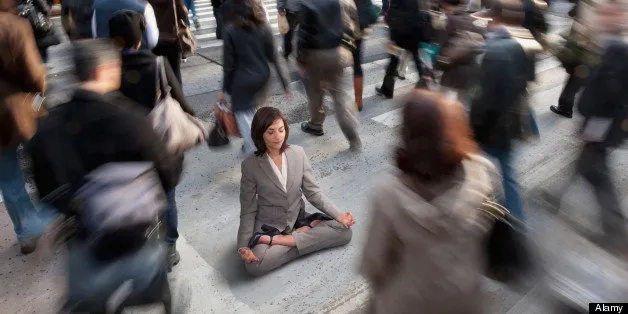My biggest takeaways from the course The Political Ecology of Death in the Anthropocene mainly came from our lively and engaging class discussions. One of the main, most pivotal thoughts that often came to the forefront of my mind during this class, was how the fear of death in Western society often provokes the cultural worldview of individualism. Therefore, my final synthesis paper explored this thought and the ramifications of it particularly relating to the Anthropocene.
This thought connected to the course content in multiple ways. One was through the contemplative practices. As stated in my previous blog post, I struggled to connect with the contemplative practices through this course, as I often found myself distracted by the productive cycle of the Western education system. However, this made me question how inextricably hard it is for participants in the capitalist system to be comfortable with the notion of ‘doing nothing’. This is linked to Terror Management Theory, as doing nothing, or sitting with your own mind for a second is contradictory to the productivity cycle of a worldview dominated by individualism. As most in the US, have this worldview, either as a choice or an indirect indoctrination by the institutions built upon it, when we do not conform to the capitalist system, we feel closer to death.
So, what is the solution? How do we live? The action project in this class allowed me to appreciate the idea of community. As someone who has not participated in a group project since secondary school, I forgot about the value of social connection within a classroom. In our increasingly isolated society, community is rare but increasingly more important. The fear of death is something inextricably linked with human behaviour, but by finding immortality projects within community action rather than individual prosperity, there can be a shift in cultural narratives. In Active Hope, this is spoken about regarding shifting the notion of power from being a dominating force to a collaborative one. Individualism in our society causes so much destruction, it can be linked to the mental health crisis, the ecological crisis and may even be the downfall of our civilisation. However, with a shift in our cultural worldview, from individual to community, this may be the shift we need in order to save humanity.

A John Berger quote, in a ‘meme’ format that I think beautifully describes how lonely our society can become when it is dictated by individualism, how social connection is craved, and how this relates to the fear of death.







